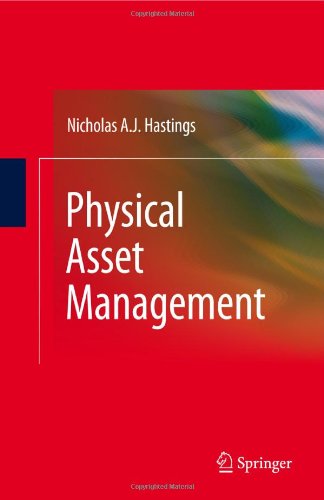

Most ebook files are in PDF format, so you can easily read them using various software such as Foxit Reader or directly on the Google Chrome browser.
Some ebook files are released by publishers in other formats such as .awz, .mobi, .epub, .fb2, etc. You may need to install specific software to read these formats on mobile/PC, such as Calibre.
Please read the tutorial at this link: https://ebookbell.com/faq
We offer FREE conversion to the popular formats you request; however, this may take some time. Therefore, right after payment, please email us, and we will try to provide the service as quickly as possible.
For some exceptional file formats or broken links (if any), please refrain from opening any disputes. Instead, email us first, and we will try to assist within a maximum of 6 hours.
EbookBell Team

4.1
90 reviewsPhysical asset management is the management of fixed or non-current assets such as equipment and plant. Physical Asset Management presents a systematic approach to the management of these assets from concept to disposal.
Historically, asset management has not been seen as a specific professional activity, but now perceptions are changing. Many organizations are introducing senior positions in asset management, and universities are introducing courses in asset management at graduate and advanced undergraduate level. The broad reach of this book means that it will be applicable to professionals and future professionals across a wide variety of industries, ranging from manufacturing and distribution, to local government.
The general principles of physical asset management are discussed in a manner which makes them accessible to a wide audience, and covers all stages of the asset management process, including: initial business appraisal; identification of fixed asset needs; financial evaluation; logistic support analysis; life cycle costing; maintenance strategy; outsourcing; cost-benefit analysis; disposal; and renewal.
Physical Asset Management addresses the needs of existing and potential asset managers, and provides an introduction to asset management for professionals in related disciplines, such as finance. The book provides both an introduction and a convenient reference work, covering all the main areas of physical asset management.